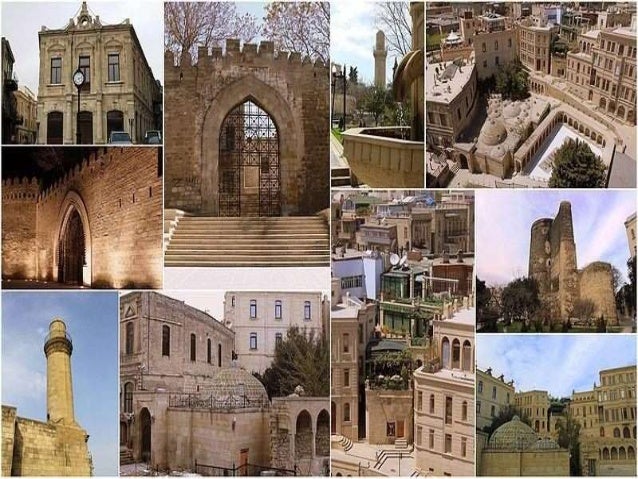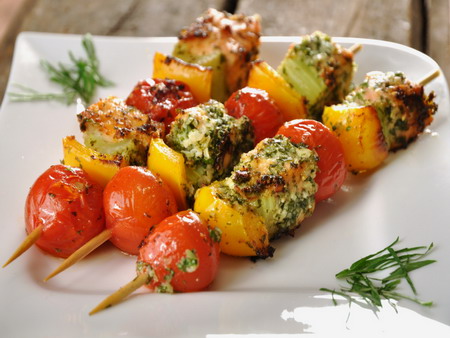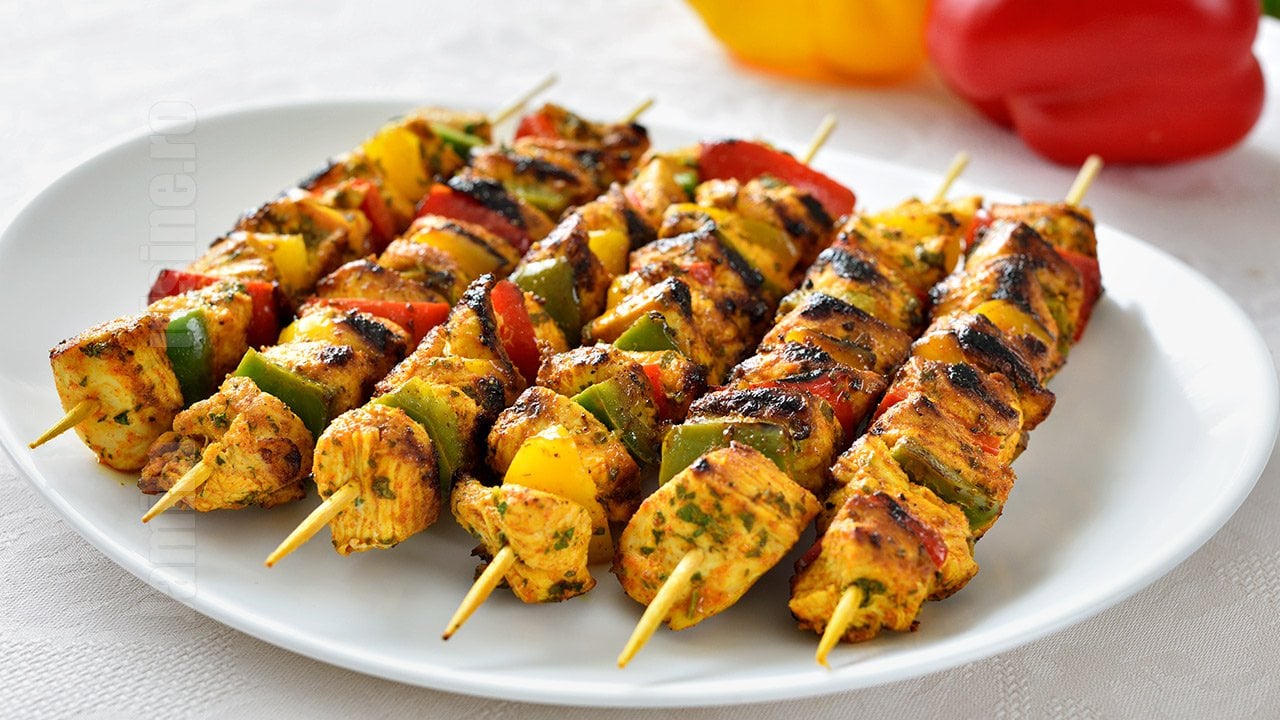History, Art,Culture, Food and Clothing of Azerbaijanis
The
nation that has a right to be proud of its vibrant and diverse culture and heritage.
Azerbaijan also known as the Land
of Fire is a country with a fascinating history and unique cultural heritage.
Azerbaijan is the largest of the three South
Caucasus states, and is bordered by Russia to the north, Georgia to the
north-west, Armenia to the west, Turkey to the south-west, Iran to the south,
and the Caspian Sea to the east. 30th august 1991 is an independence
day of the former Soviet republic and is bounded by the Caspian Sea and
Caucasus Mountains, which span Asia and Europe. Its capital is Baku and
official language is Azerbaijani or Azeri, Russian is also spoken widely throughout Azerbaijan. In the capital Baku,
young people speak good English and other European languages, such as French and German.

History
History of Azerbaijan begins with the rule of the Persians
and the dominant religion of Zoroastrianism until about 300 AD when the locals adopted Christianity. In the 600s the people adopted Islam with the
arrival of the Arabs, followed by the arrival of the Turks.
After a brief period of progress, the Mongols arrived in the 1200s and put modern-day Azerbaijan
squarely back on droning monotonousness. This changed dramatically in the 1500s, when, due to some wars and
treaties, the Azerbaijani rulers came to rule the entire Persian Empire, but in
the 1700 and 1800s, with growing conflicts with the Ottoman Empire, the Persian
Empire lost its glory of former days and the Russians swept in to take the
land.
as they have done ever
since, decided to solidify their new conquests by flooding the region with
loyal subjects, in Azerbaijan this meant Russians, Germans, and Armenians. This
ethnic division has led to a number of conflicts, most notably with the
Armenians, which continues to this day as the two modern countries continue to
fight over disputed land.
By 1905 Baku had
put its name on the map due to the need for oil from the industrial revolution
and in this year, Azerbaijan supplied over half the world's oil. This led to
great advances in all aspects of life and culture, however also began the
exploitation of the lower classes with the Russian Revolution just around the
corner.
Although the Azerbaijanis gained independence with the
overthrow of the Russian Tsars in 1917,
due to internal strife and external pressure, the newly founded Soviet Union
took over the country by 1920.
Following in their traditions, the Soviets undertook ethnic cleansing measures,
the elimination of religion, and the installation of puppet rulers in the
Azerbaijan (Soviet Socialist Republic).
Azerbaijan again gained their independence in 1991 and proved the world that they are strong nation. Since
then, the Azerbaijanis have struggled to make friends; turning against the
Russians as occupiers, against the Armenians as mortal enemies, and not
entirely agreeing with the Iranian government. However their focus has been on
internal politics as many of their people remain homeless or in refugee camps
awaiting the return of their lost land (Nagorno-Karabakh) and are not willing
to re-start a war with Armenia.
Architecture
When it comes to exploring
Azerbaijani architecture, nearly everything of note is located in the capital
city of Baku. As a crossroads between the Persians, Turks, Russians and
Azerbaijanis, the city has formed an architectural style somewhat unique to
their neighbors. However, as a primarily Muslim country, much of the old
architecture is in the form of Islamic art and is most noticeable in Baku's old
town.
In the 1100s the city built walls, much of which still
remain. Also in this century the Maiden's tower was built and continues to
dominate the old town's skyline today. The Shirvan
Shah's Palace was built primarily in the 1400s and is the best example of
Azerbaijan's historical mosque and palace architecture.
In the 1900s the
country was taken over by the Soviets and the landscape changed. The concrete
style associated with Soviet architecture was developed in many cities, however
primarily on these cities' outskirts. The Soviets however always made an effort
to integrate local architecture into their buildings and this is more
pronounced in Azerbaijan than in most former Soviet countries since
Azerbaijan's Islamic architecture was vastly different from the Soviet's. For
this reason, there are a number of buildings in Baku's old town that are fairly
unique examples of Soviet architecture, which integrate Azerbaijani
characteristics. Prominent Azerbaijani artists include Sattar Bahlulzade (1909–74),
who founded contemporary Azerbaijani landscape painting. He represented the
countryside of his homeland in an impressionistic style, combining pastel colours
and broad strokes. Exhibitions of his work have been held across the world.
Tahir
Salahov (b.1928) was the main exponent of the ‘severe
style’, being renowned for his portraits of workers and celebrities, such as
composer Gara Garayev. On the other
side of the spectrum, Togrul
Narimanbekov (b.1930) depicted
aspects of Azerbaijani folk life in rich, vibrant colours. The quality of
Azerbaijani architecture reached a new zenith during the 10th–12th centuries,
and the Momina Khatun Mausoleum (1186), constructed in Nakhchivan under the leadership of Ajami Abubekr’s son, Nakhchivani,
is a pearl of both Azerbaijani and world architecture

Religion
In Azarbaijan 95 percent of population in total are
Muslim out of 85 percent are Shia and 15
percent are Sunni, after this Christians
make up the second largest group. Other groups exist in small numbers, such as
Molokans, Baha'is,and Krishnas
Most importantly Ramadan, (Ramadan Bayram, and Gurban
Bayram) are widely observed, especially in urban areas. The month of Muharram has its own very special and
honorable place. Azerbaijan has the second highest Shia population percentage
in the world after Iran
Although people increasingly follow Islamic
tradition, owing to the lack of organized religious education, people's beliefs
about the afterlife are not clearly defined. The idea of paradise and hell is
prominent, and martyrs are believed to go to heaven. After a death, the first
and subsequent four Thursdays as well as the third, seventh, and fortieth days
and the one year anniversary are commemorated. When there is too little space,
a tent is put up in front of people's homes for the guests. Men and women
usually sit in separate rooms, food and tea are served, and the Quran is
recited.
Art
One of the most important art forms in Azerbaijan is in
carpet weaving. Azerbaijani carpets do have certain style changes that are
indicative of the different eras and different regions. Different
ornamentations have different meanings in them as well. Some of the wealthier
people have had pearls and gems sewn into the carpet. Many of these carpets
were woven with silk. These carpets were not only used for practical purposes,
such as coverings for furniture or the floor, but there were also used to
decorate the walls on the home as well. In Azerbaijan, there are different
schools of carpet weaving. There are seven, actually, that are spread
throughout the country. Each location has a slightly different style of weaving
and the designs and ornamentations used for it.
The local and Western musical tradition is very rich, and
there has been a jazz revival in Baku in recent years. Pop music is also
popular, having developed under Russian, Western, and Azeri influences. The
Soviet system helped popularize a systematic musical education, and people
Music
and Literature

The earliest forms
of Azerbaijani literature are in the form of poetry, more specifically a ghazal (a type of poetry consisting of
rhyming couplets and refrains). The early forms are closer in style to Persian
and Turkish styles. One of the most notable lyrical poets is a woman by the
name of Khurshidbanu Natavan. She was from the city of Shusha in the
Karabakh region where her father was the last ruler of that area. Not only was
she popular in literary circles, her family also had a big name in raising
Karabakh horses. Another early find is the book of Dede Qorqud is a collection of twelve
stories that were copied by Oghuz nomads. It’s a set of two manuscripts that
were copied during the 16th century, but scholars have reason to believe it may
have been a little earlier.
During the 16th century, the art form called Ashik became popular. Ashik is like a
traveling, singing bard, not terribly different from the troubadours in France
and other areas of Europe around this time. One of the popular stories that are
told/sang in the Ashik style is that of the Epic of Köroğlu, a Robin Hood-like
character. Under Soviet rule, writers (as well as other artists) who
didn’t adhere to their standards of what is acceptable often found missing,
persecuted, or even killed. However, there were some writers who did keep
writing: Mahammid Hadi, Abbas Sahhat, Huseyn Javid, Adbullah Shaig, Jafar Jabbarly, Mikayil Mushfig.
After Stalin’s death, this strictness
over censorship was slowly lifted, and writers could write freely again.
Azerbaijan is the first Muslim country to have operas and
theater plays ,The local and Western musical tradition is very rich, and there
has been a jazz revival in Baku in recent years. Pop music is also popular,
having developed under Russian, Western, and Azeri influences. The Soviet
system helped popularize a systematic musical education, and people from all
sectors of society participate in and perform music of different styles. While composers
and performers of and listeners to classical music and jazz are more common in
urban places, ashugs (who play saz and sing) and performers of mugam (a
traditional vocal and instrumental style) can be found all over the country. It
is not unusual to find children who play piano in their village and within
their homes. Moreover, Traditional string, wind, and percussion instruments tar , balaban , tutak , saz , kamancha are
used widely.
Cuisine

Azerbaijani culture and language is Turkic in origin,
it's not surprising that its cuisine also carries a strong Turkish influence. kebabs are so prevalent on Baku's
streets. 

Azerbaijan is a country of watermelons, that goes without
saying. But there is something very specific about the way how one should eat
watermelon there. Always with a white cheese and bread.
There are regional differences in the selection and
preparation of food resulting from the availability of agricultural products
and membership in different ethnic groups. Tea is the most popular drink in Azerbaijan.
Traditionally served in a pear shaped glass, the drink is often consumed
through lumps of sugar or jam, held in the mouth.
A mixture of meat
and vegetables and various types of white bread constitute the main foods. In
rural areas, there is a tradition of baking flat white bread ( churek , lavash , tandyr ). Kufte bozbash
(meat and potatoes in a thin sauce) is a popular dish. Filled pepper and grape
leaves and soups also are part of daily meals. Different types of green herbs,
including coriander, parsley, dill, and spring onions, are served during meals
both as a garnish and as salad.Mostly meat, with shashlik (barbecue) as the
style of choice is preferred. Azerbaijani cuisine incorporates more than 30
kinds of soup A wide variety of kebabs, using lamb, beef, chicken, and fish are
prepared for special occasions. Dried fruits and walnuts are used in abundance.
Azerbaijani cuisine is famous for its widespread use of seasonal vegetables and
a range of herbs. Azerbaijani food is renowned for being
amongst the most delicious in the Caucasus such as Dovga:A warm soup made from plain yogurt, cucumbers, spring onions
and occasional bits of ground meat. Although it's meant to be a starter Manti: Turkish-style ravioli stuffed
with ground lamb. Served with plain yogurt – and if you are fortunate, a light
chili pepper sauce – they are delicious. Dolma:
Grape leaves or vegetables stuffed with ground lamb, rice and spices, eaten
with plain yogurt and ground pepper Sheki
Halva: this regional variety resembles a pie with crunchy layers drowned in
a sweet syrup. Piti: Potatoes,
chick-peas, vegetable and fatty-mutton stewed with fresh tomatoes or saffron.
A
major dish at ritual celebrations. It is eaten alongside meat, fried chestnuts,
and onions. During the Novruz holiday, wheat is fried with raisins and nuts (gavurga). Every household is supposed to have seven
types of nuts on a tray. Sweets such as paklava(a
diamond-shaped thinly layered pastry filled with nuts and sugar) and shakarbura(a pie of thin dough filled with nuts and sugar)
are an indispensable part of celebrations. At funerals, the main course is
usually pulov and meat, served with shyra
and followed by tea.
Traditional
clothing
Azerbaijanis are very beautiful and original. Female
dresses are graceful in silhouette and cut, emphasizing supple waists of
Azerbaijani beauties. They are decorated with intricate embroidery trimmed with
beautiful "gold" bands.
Menswear is also very original. It emphasizes courage
should not be too tight to constrain swift movements.
Women's wear was made basically of silk and velvet, the
man's - from cloth and home-made cashmere fabric.
Women
traditional clothing :
The style reflected the marital status and age of the
owner. A young girl's wear noticeably differed from a married women's. Young
women dressed the most brightly and elegantly. A woman's clothes included: an
over shirt, arkhaluk, chepken, lebbade,
kyuleche, kyurdu, ashmek and bakhari. Various jewelry supplemented clothes
and enriched its national features. Jewelers made them from gold and silver,
precious stones. Azerbaijani women loved jewelry and skillfully used them. The
complete jewelry set was called "imaret". It included head and breast
jewelry, rings, earrings, belts, bracelets
Men
traditional clothing :
Typical men's clothes
consisted of an upper shirt, arkhaluk, chukha and wide trousers.
Upper man's shirt has a button or a buttonhole.
A man's shirt was made of satin and sateen.
Arkhaluk was a close-fitting wear. Its
hem was decorated with frills, sleeves were straight gradually narrowing in
elbow. Arkhaluk could have one or two pockets; they were collar-buttoned. For
making arkhaluk cashmere, satin and sateen were used. With arkhaluk young men
wore a belt or a girdle and adults or elderly men used a sash.
Chukha is a kind of upper menswear
in Azerbaijan. There were buttons or buttonholes along the entire length of the
sleeves slits. On chukha chest were stripes for decorations.
Man's wide trousers were made of woolen fabric.
They were wide enough for a man to ride a horse.
In winter they wore sheepskins
and fur coats from natural leather and furs.
In was indecent in Azerbaijan
not to wear a headdress. The popular kinds of man's
headdresses were various papakhas made of leather. Widely spread were arakchyns
from silk fabric and decorated with gold embroideries. Elderly men and old men
carried soft quilted "teseks" from white coarse calico.
Man's footwear made from chamois
leather was one-color and without patterns. In cities the men wore boots, in
the country - charyks.
The pure beauty of Art culture values traditions and
history of Azerbaijan is itself is an extraordinary example of a strong and
independent state, that has almost everything to make their country more strong
and greater day by day.
Comments
Post a Comment